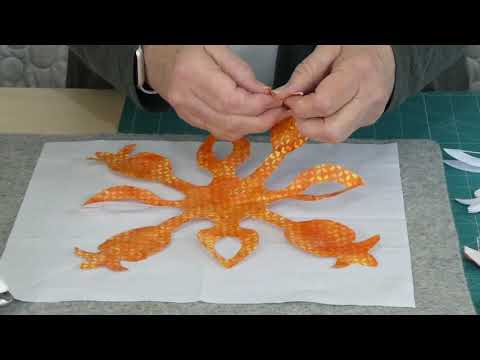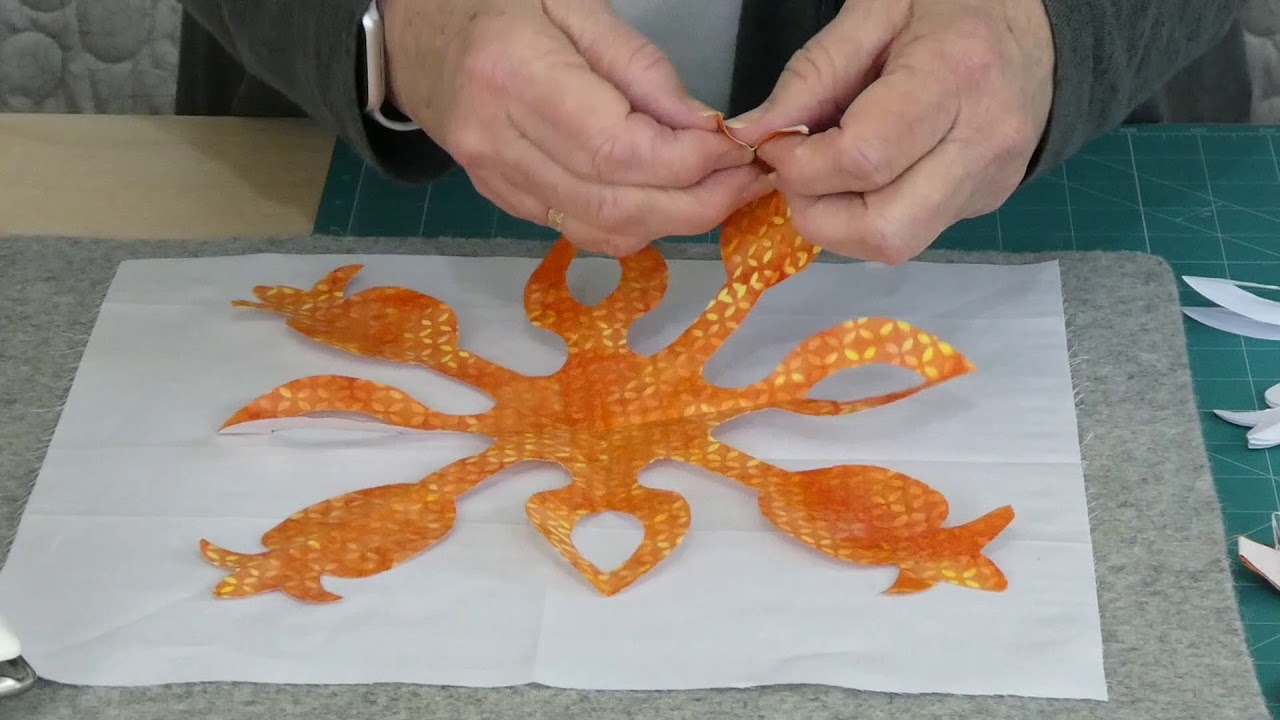Hawaiian fabric is a vibrant and captivating textile that encapsulates the beauty and spirit of the Hawaiian Islands. With its rich history and cultural significance, this fabric is a true work of art. Every pattern, color, and design tells a unique story, making it a fascinating choice for fashion enthusiasts and interior decorators alike. The intricate motifs found in Hawaiian fabric are inspired by the breathtaking nature that surrounds the islands, including lush tropical flowers, swaying palm trees, and the mesmerizing ocean waves. The vibrant hues used in these fabrics, ranging from deep blues and greens to vibrant pinks and oranges, effortlessly evoke a sense of joy and relaxation. The softness and versatility of the fabric make it perfect for creating stunning clothing, accessories, and home decor items. Whether you choose to wear a Hawaiian fabric dress to a summer party or adorn your living space with vibrant throw pillows, this fabric is sure to bring a touch of paradise to your life. Immerse yourself in the authenticity and beauty of Hawaiian culture with this extraordinary fabric that will transport you to the tropical paradise of Hawaii.

The Vibrant History of Hawaiian Fabric
The beautiful and distinctive patterns of Hawaiian fabric have captivated people around the world for centuries. From bold floral prints to intricate geometric designs, these fabrics are a true reflection of the rich cultural heritage of the Hawaiian islands. In this article, we will explore the fascinating history and significance of Hawaiian fabric, as well as the traditional techniques used in its creation.
The Origins of Hawaiian Fabric
Hawaiian fabric, also known as “kapa” or “tapa,” has a long and storied history. The art of creating fabric in Hawaii dates back thousands of years and was originally made from the bark of the mulberry tree. The bark was beaten and pounded until it became a soft, pliable material that could be used for clothing, bedding, and other purposes.
Over time, the production of Hawaiian fabric evolved, and the introduction of new materials such as cotton and silk brought new possibilities. The vibrant colors and intricate patterns that we associate with Hawaiian fabric today emerged during the 19th century when Western influences began to blend with traditional Hawaiian designs.
The Meaning Behind the Patterns
Hawaiian fabric is renowned for its unique and meaningful patterns. Each design tells a story and holds significant cultural and historical importance. One of the most recognizable patterns is the hibiscus flower, which symbolizes beauty, love, and delicate charm. Other popular motifs include palm leaves, turtles, and waves, which represent nature and its elements.
Furthermore, Hawaiian fabric is often adorned with geometric shapes that convey deeper meanings. Triangles, for example, signify strength and stability, while circles represent unity and eternity. These patterns not only make the fabric visually appealing but also allow wearers to connect with the rich cultural heritage of Hawaii.
The Traditional Techniques
The creation of Hawaiian fabric involves several traditional techniques that have been passed down through generations. One of the most important steps in the process is the dyeing of the fabric. Natural dyes extracted from plants and minerals were traditionally used to achieve vibrant colors. For example, the red color was obtained from the bark of the native ʻōhiʻa tree, while yellow came from the kukui nut.
Block printing is another traditional technique used in Hawaiian fabric production. Artisans carve intricate designs onto wooden blocks, which are then dipped in dye and stamped onto the fabric. This meticulous process requires skill and precision to ensure that the patterns align perfectly.
Quilting is also a popular technique used in Hawaiian fabric. Quilts are created by layering multiple pieces of fabric and stitching them together. This technique allows for the creation of intricate designs and adds texture and depth to the fabric.
The Modern Adaptations
While traditional techniques continue to be cherished and practiced, modern adaptations of Hawaiian fabric have also emerged. Today, many fabrics are printed using digital technology, which allows for more complex and detailed designs. This has opened up new possibilities for creativity and has helped Hawaiian fabric reach a wider audience.
Furthermore, the use of Hawaiian fabric has extended beyond clothing and quilts. It is now commonly used in home décor, accessories, and even high-end fashion. Designers around the world have embraced the vibrant and unique qualities of Hawaiian fabric, incorporating it into their collections and bringing it to the forefront of the fashion industry.
Preserving the Hawaiian Fabric Tradition
The art of creating Hawaiian fabric is not only a cultural expression but also a way to preserve the rich history and traditions of the Hawaiian islands. Organizations and artisans are working tirelessly to ensure that these techniques are passed down to future generations.
Efforts are being made to promote sustainable practices and the use of natural dyes, as well as to educate people about the significance of Hawaiian fabric. By supporting local artisans and purchasing authentic Hawaiian fabric, we can contribute to the preservation of this vibrant and unique tradition.
In conclusion, Hawaiian fabric is a true testament to the rich cultural heritage of the Hawaiian islands. Its vibrant patterns and intricate designs tell stories of love, nature, and unity. By understanding and appreciating the history and significance of Hawaiian fabric, we can celebrate and preserve this beautiful art form for generations to come.
“Mastering the Art of Hawaiian Quilt Block Design & Cutting”
List of Hawaiian Fabric
Hawaiian Fabric
| Fabric Type | Description | Symbolism |
|---|---|---|
| Kapa | Kapa is a traditional Hawaiian fabric made from the inner bark of the wauke tree or the paper mulberry tree. It is known for its unique texture and earthy colors. | Kapa was often used to convey stories and legends through intricate patterns and symbols. It was considered a sacred fabric, associated with spiritual and ceremonial practices. |
| Palaka | Palaka is a durable cotton fabric originally introduced by Portuguese immigrants to Hawaii. It features a distinct checkered pattern, usually in shades of red and white or blue and white. | The checkered pattern of palaka fabric is said to represent the grid-like pattern of taro fields in Hawaii. It has become a symbol of the islands’ plantation era and is often associated with the working-class and rural lifestyle. |
| Pareo | Pareo, also known as a sarong, is a versatile rectangular fabric typically made from lightweight cotton or silk. It is commonly worn as a skirt, dress, or beach cover-up. | In Hawaiian culture, pareo represents freedom and relaxation. Its vibrant colors and patterns reflect the natural beauty of the islands, with motifs inspired by flowers, marine life, and traditional Hawaiian art. |
| Printed Cotton | Printed cotton fabrics have gained popularity in modern Hawaiian fashion. They often feature bold tropical prints, such as hibiscus flowers, palm trees, and surfing scenes. The designs are vibrant and eye-catching. | These fabrics embody the spirit of aloha, representing the laid-back and joyful lifestyle of Hawaii. They are commonly used in making shirts, dresses, and accessories, adding a touch of the islands’ charm to any outfit. |

